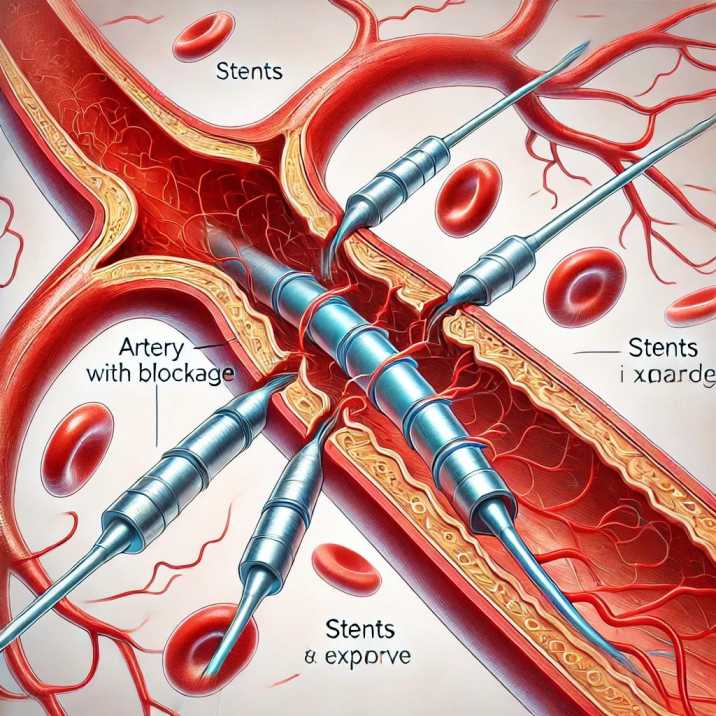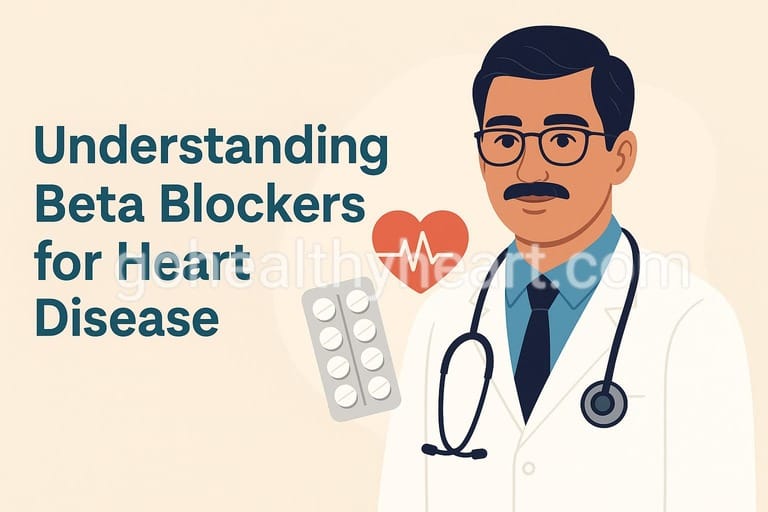Stents: How These Tiny Devices Can Save Your Heart!

Let’s talk about stents. If you’ve ever heard someone mention stents, it probably involved heart disease or a procedure to improve blood flow. But how exactly do these little devices work, and when might you actually need one? Well, stents are small mesh tubes, and they can make a huge difference in someone’s life, especially when arteries get clogged. In fact, every year, millions of people around the world undergo stent placements to prevent life-threatening issues like heart attacks. But there’s more to it than just getting a stent. Today, we’ll dive into everything you need to know: how stents work, when they’re necessary, and what you can expect if you’re facing this decision.
What Are Stents and How Do They Work?
At their core, stents are tiny tubes made of metal or plastic that doctors place inside a blood vessel to keep it open. Think of them as scaffolding for your arteries. They come in different types: bare-metal stents, drug-eluting stents, and bioresorbable stents, each with its unique purpose.
The procedure to place a stent usually happens during an angioplasty. This is where doctors use a thin tube called a catheter to navigate to the blocked artery. A small balloon is then inflated to widen the artery, and the stent is placed to hold it open. This restores blood flow, which is crucial for preventing serious complications like heart attacks.
When Do You Need a Stent?
Now, you might be wondering, “When will I need one?” Stents are typically recommended for people with conditions like coronary artery disease, where arteries become narrowed due to plaque buildup. Symptoms that may indicate the need for a stent include chest pain (angina), shortness of breath, or in some cases, a heart attack.
Sometimes, stents are used in emergencies, while in other cases, the decision can be more planned. Before opting for a stent, doctors often recommend trying lifestyle changes and medications first. However, if these options don’t work or if you’re at high risk, a stent may be the next best solution.
Types of Stents and Their Applications
Let’s break down the different types of stents.
- Bare-metal stents: These are the simplest type, providing immediate support for the artery. They’re often used in cases where the risk of restenosis (re-narrowing of the artery) is lower.
- Drug-eluting stents: These stents are coated with medication that helps prevent the artery from becoming blocked again. They’re especially useful in cases where patients are at higher risk for restenosis.
- Bioresorbable stents: These are the newest kids on the block. They gradually dissolve after they’ve served their purpose, allowing the artery to function naturally once healed.
The choice of stent will depend on your specific condition and risk factors, which is why a detailed discussion with your cardiologist is vital.
What to Expect During and After a Stent Procedure
If you’re facing a stent placement, knowing what to expect can ease your anxiety. Before the procedure, your doctor will discuss how to prepare, which may include avoiding food and drinks for a few hours. During the procedure, you’ll likely be sedated, and the entire process can take anywhere from 30 minutes to a few hours.
After the procedure, you may experience some discomfort, but it should be manageable. Recovery times can vary, but many people can go home the same day. In the following weeks, you’ll need to follow a specific care routine, including taking medications like antiplatelets to prevent blood clots and making lifestyle adjustments.
Risks and Complications of Stent Placement
Like any medical procedure, stent placement comes with risks. Common complications include bleeding, infection, or blood clots. Restenosis, where the artery narrows again, is also a concern, especially with bare-metal stents. Although rare, stent thrombosis is a serious condition that requires immediate medical attention.
To reduce risks, it’s essential to follow your doctor’s advice regarding medications and lifestyle changes. Be aware of warning signs like unusual chest pain or shortness of breath, and don’t hesitate to reach out to your doctor if something feels off.
Conclusion
Stents have revolutionized how we treat blockages in arteries, offering life-saving benefits to millions each year. Whether it’s preventing a heart attack or helping someone breathe easier, these tiny devices play a massive role in heart health. If you or a loved one might need a stent, understanding how they work and what to expect is crucial for peace of mind and better outcomes. Remember, while stents can be a game-changer, it’s just as important to follow up with medications, lifestyle changes, and regular check-ups. Have questions about stents or your heart health? Don’t hesitate to consult your cardiologist today!




2 thoughts on “Stents: How These Tiny Devices Can Save Your Heart!”